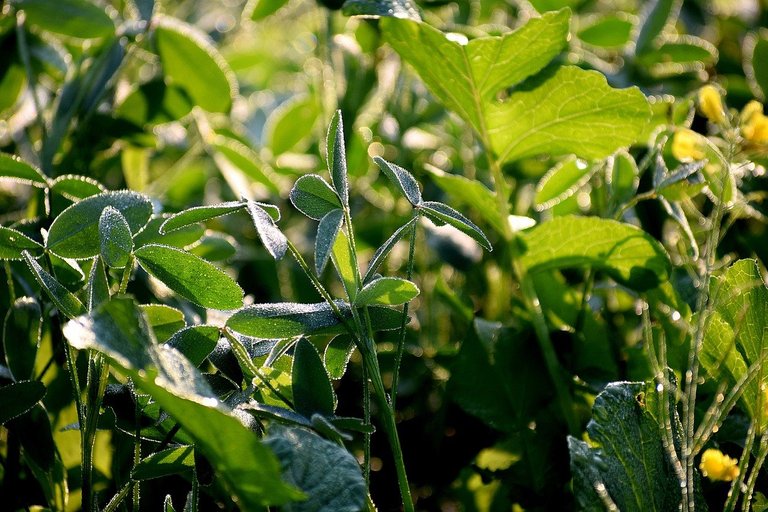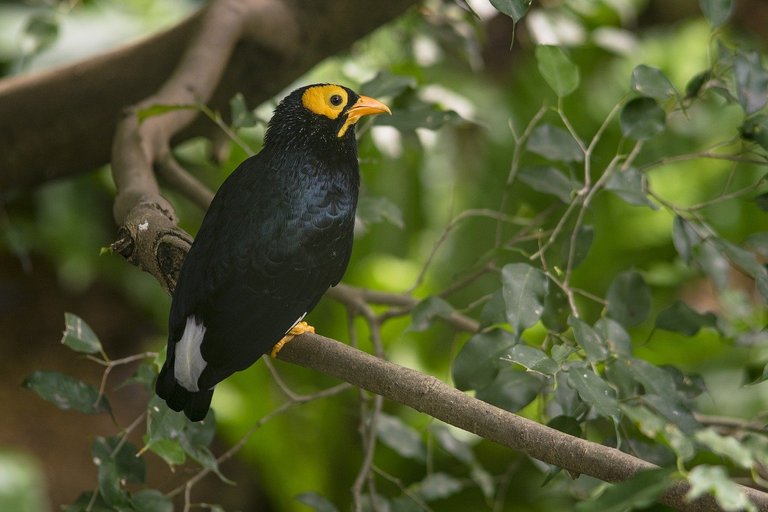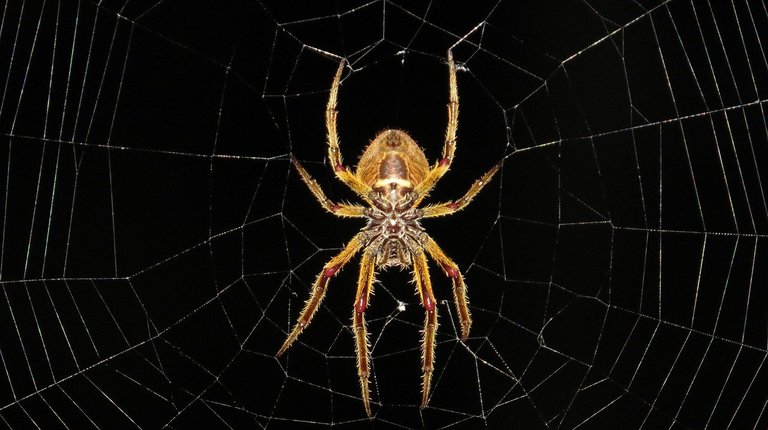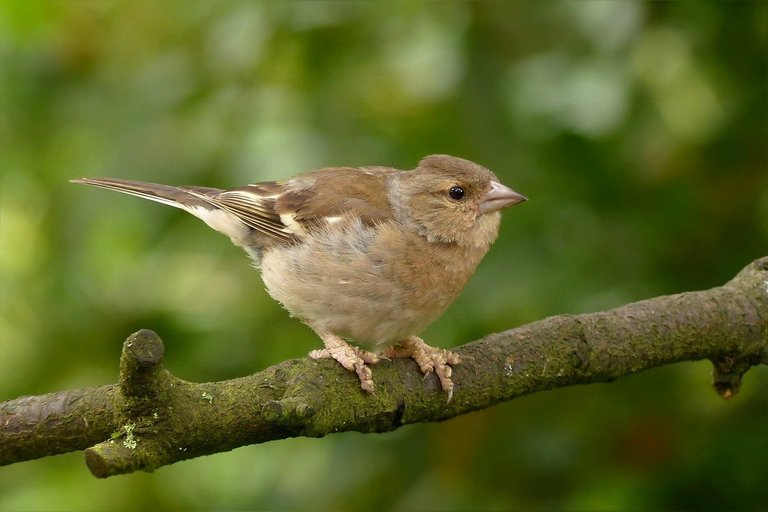
What is a biological community?
You can define a community as a set of populations of different species that are in a specific place and time. Localities located in the Andes, the plains or the coast look different as a result of the presence of different organisms in them. This variability in organisms, which we know as diversity, as well as the processes and / or mechanisms that generate and maintain it has been one of the main objectives of community ecologists in the last hundred years. The first ecologists (mainly botanists) were struck by the fact that in similar conditions of climate, soil, relief, altitude and other geographical variables, they found many species in common and similar types of vegetation. This type of relationships or associations between the physical environment and the vegetation cover are very evident and in many types of environments, they are presented with a predictable regularity. These regularities constitute ecological patterns and are more frequent in temperate regions. In the tropics, the enormous variety of species, many of them still unknown, makes it very difficult to detect and study possible patterns that may exist.
The natural environment is not static.

Both the presence and the apparent absence of patterns constitute the current state of the natural environment in a certain region, but what we observe is not necessarily its final or final state. In reality, the natural environment is not static and what we observe in the course of a human life is like an instantaneous "picture" of the state of an ever-changing system. The agents that cause these changes are geological, ecological and evolutionary processes that occur simultaneously but at different speeds. In most cases, changes in ecological patterns can last from hundreds to millions of years, but human action is accelerating them like never before in the history of the planet. However, before investigating the processes it is necessary to define the patterns clearly and the first thing to do is to delimit our study system.
There is no concept of community accepted by all.
Both at a theoretical level and in practice, communities have been defined in different ways. The most accepted definition is that already mentioned but some definitions limit communities to animal or plant organisms, others include species that interact in a given time and space and still others are based on the taxonomic affiliation of the organisms included or the resources used. As can be seen, there is no concept of community accepted by all and in many cases it is not even clearly formulated. It has tried to standardize this nomenclature and that is very necessary to understand what we are studying. Thus, we can define a community as the set of all the species present in a given locality (geographical scale). Other important axes of variation incorporate the evolutionary relationships between species (phylogeny) and the resources used. The interaction of these axes allows defining communities, guilds (organisms that use a resource in a similar way) and taxonomic assemblages of species (taxonomic group in a determined locality). An example of guild may be the set of insectivorous species of a savannah, including species of birds, spiders, reptiles, bats and frogs, while an assembly could be the set of species of hummingbirds in a particular forest.
The community can be described using different attributes.
Establishing the physical limits of a community is not an easy task due to its open nature and, therefore, changing. Even in places as remote as the Galapagos Islands, turtle and iguana species from the continent can be established. Establishing the spatial limits of a community is not simple because most of the species present in it have independent distributions among themselves. In any delimitation of a community, one of the most important aspects to be defined is the study area. Once defined, the community can be described using different attributes, which are not properties that present the populations of the species that comprise it. These attributes are called emergent properties and can be classified as attributes of structure and function.
How to characterize the structure of a community?
The structure of a community can be characterized by the number and type of species, the relative abundance of each of them and the present trophic structure (a network of links that represent "who eats whom"), among other characteristics. On the other hand, the energetic flow, the productivity and the stability of the same ones would form part of the attributes or properties of function of the communities. Now, what factors or processes determine these attributes? Many studies have emphasized documenting the role of interspecific interactions in the structuring of communities. These studies attempt to discover the "rules of belonging", that is, which factors allow or prevent the establishment and permanence of a species in a given community. However, the abiotic and historical factors (geological and evolutionary) must be taken into account in any integral vision that seeks to explain the patterns observed today in a particular community.
References:
Begon, M., J.L. Harper & C.R. Townsend. 1990. Ecology: individuals, populations and communities. Second edition. Blackwell Scientific, Cambridge, Massachussetts.
Fauth, J.E., J. Bernardo, M. Camara, W.J. Resetarits, Jr., J. Van Buskirk & S.A. McCollum. 1996. Simplifying the jargon of community ecology: a conceptual approach. American Naturalist 147: 282-286.
Ricklefs, R. E. & G. L. Miller. 2000. Ecology. Fourth edition. W. H. Freeman and Company, New York.
I hope you liked this post. regards!






This article is copy pasted from an online article. There is nothing original here at all. Just because you list sources doesn't mean you can just steal other people's work. Of course, I wouldn't have noticed if you hadn't spammed my post, but you get a flag now. Congrats!
Show the links to the original article please. Then we can discuss.
Congratulations! This post has been upvoted from the communal account, @minnowsupport, by josearmandor from the Minnow Support Project. It's a witness project run by aggroed, ausbitbank, teamsteem, theprophet0, someguy123, neoxian, followbtcnews, and netuoso. The goal is to help Steemit grow by supporting Minnows. Please find us at the Peace, Abundance, and Liberty Network (PALnet) Discord Channel. It's a completely public and open space to all members of the Steemit community who voluntarily choose to be there.
If you would like to delegate to the Minnow Support Project you can do so by clicking on the following links: 50SP, 100SP, 250SP, 500SP, 1000SP, 5000SP.
Be sure to leave at least 50SP undelegated on your account.